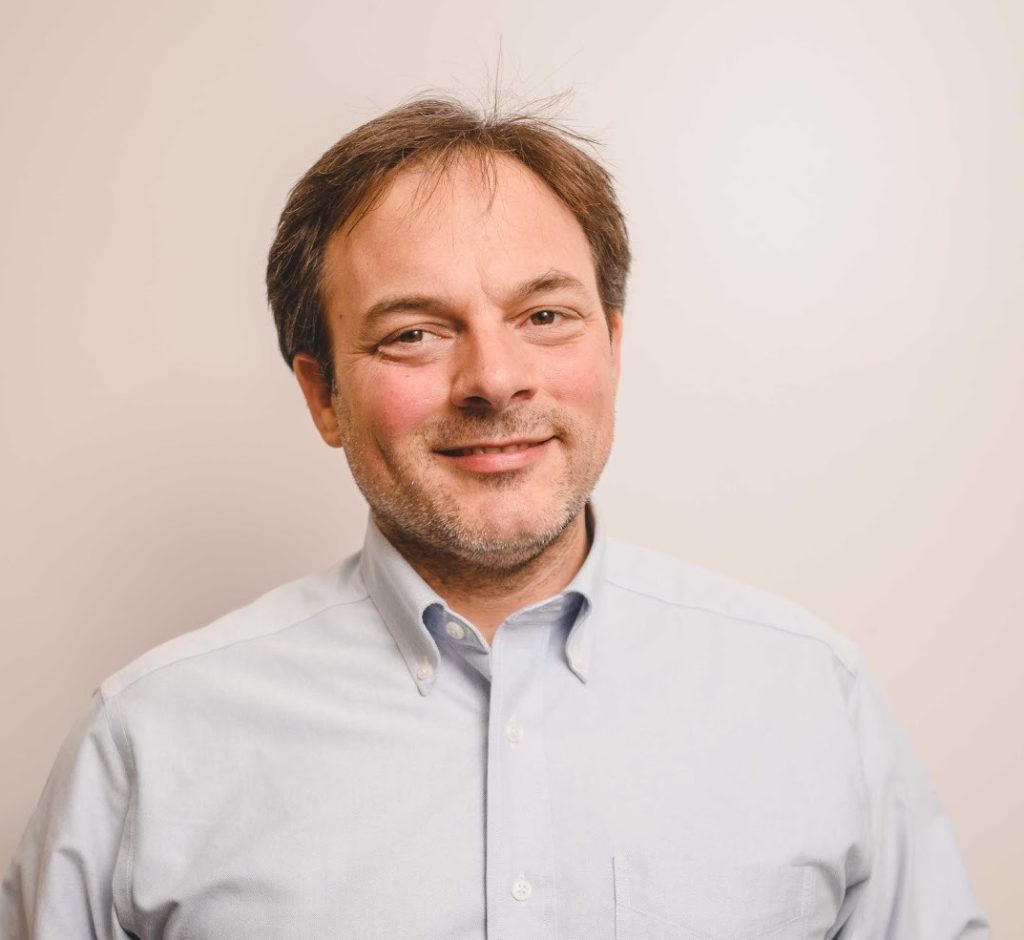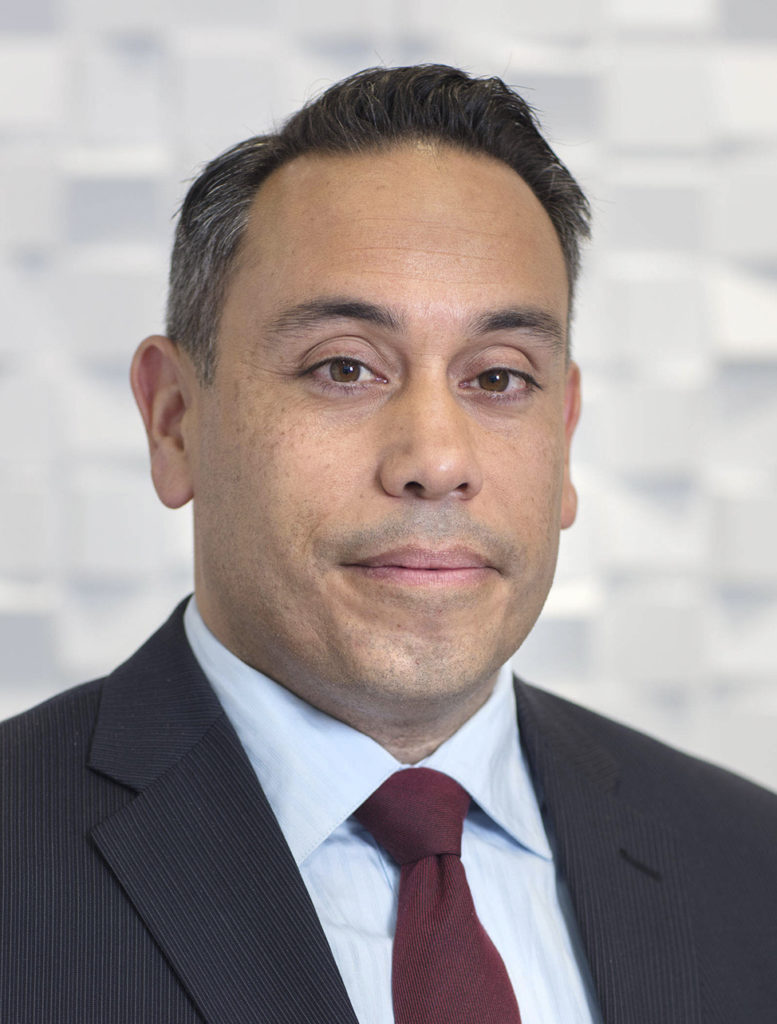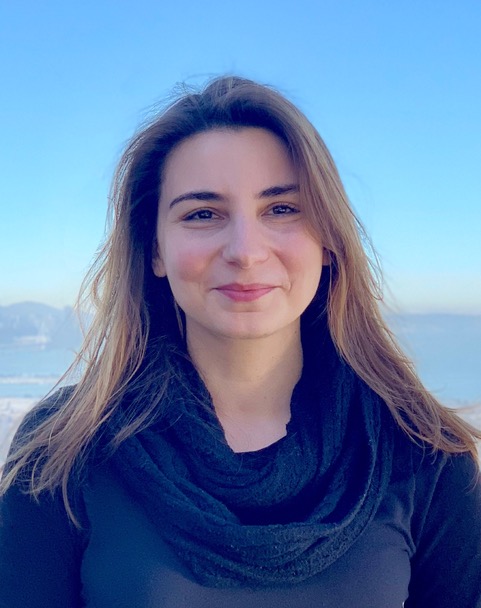Archive for September 2020
Machine Learning approach to Nuclear Threat Detection
SPEAKER: SIMON LABOV DATE/TIME: MON, 09/28/2020 – 4:00PM TO 5:00PM Via Zoom Fall 2020 Colloquium Series Co-hosted with NSSC Abstract: Conventional approaches to radiation measurements are sometimes insufficient to address the challenges of nuclear threat detection in real-world conditions. Threat-aware signal processing, statistical methods, machine learning, and artificial intelligence are fast becoming an important part of the…
Read MoreE.S. Kuh Chair of Engineering: Peter Hosemann
E.S. Kuh Chair of Engineering: Peter Hosemann September 24th, 2020 Professor and Department Chair Peter Hosemann was announced as the E.S. Kuh Chair of Engineering. This honor is granted to a faculty member with outstanding research, teaching, and service. The Chair, funded by the Hewlett Endowment, honors the memory of Prof. Ernest Kuh (1928-2015) of the EECS…
Read MoreGoing From Zero to A Billion: How to Build an Advanced Nuclear Power Plant Indy Style
SPEAKER: CANON BRYAN DATE/TIME: MON, 08/31/2020 – 4:00PM TO 5:00PM LOCATION: Zoom Fall 2020 Colloquium Series Abstract: The nuclear energy industry is transforming from being highly concentrated and government- or multinational- funded to nimble, innovative start-ups funded by the cleantech community. This lecture discusses how it is possible to take an advanced reactor design from the idea…
Read MoreNext-Generation Laser Plasma Spectroscopy Technologies for Nuclear Security
SPEAKER: VASSILIA ZORBA DATE/TIME: MON, 09/14/2020 – 4:00PM TO 5:00PM LOCATION: Zoom Fall 2020 Colloquium Series Abstract: Pulsed laser technologies play a critical role in nuclear security, including remote sensing, safeguards and emergency response. My group’s research focuses on the development of next-generation laser technologies with improved sensitivity, precision, and detection range for nuclear non-proliferation applications. This…
Read More


